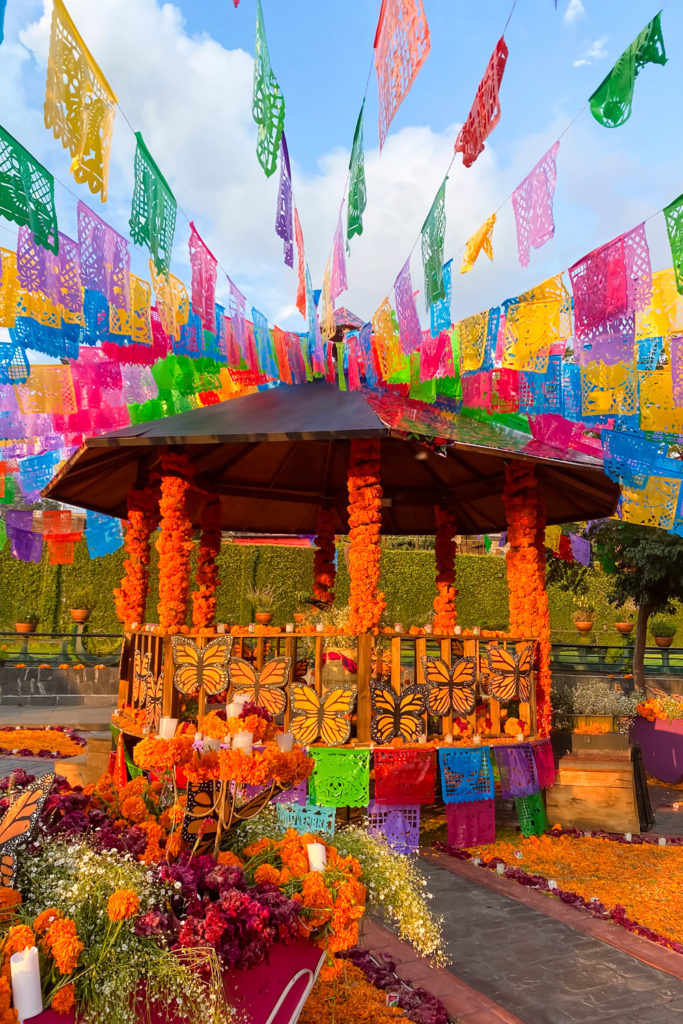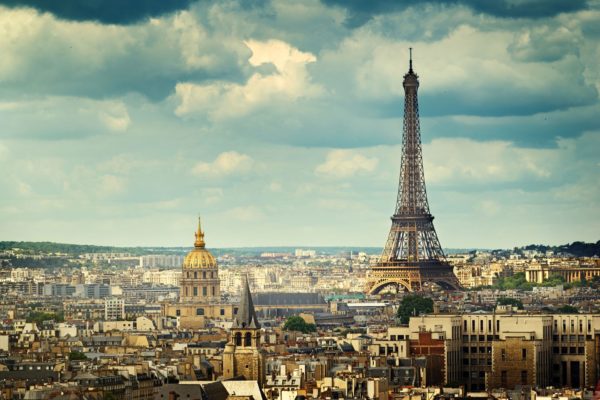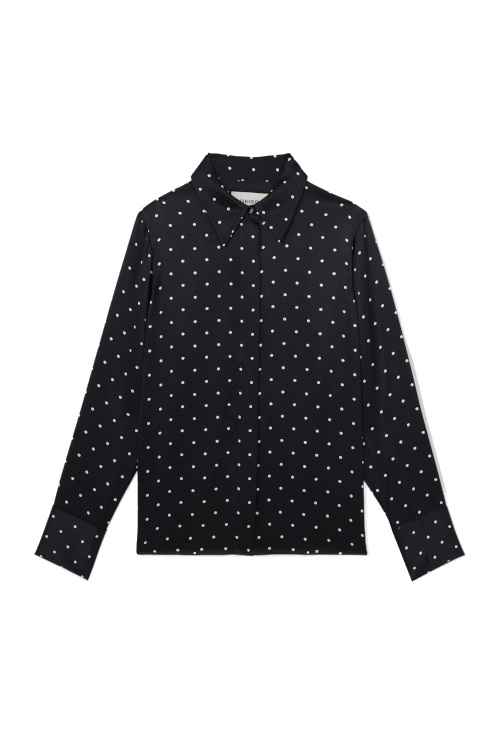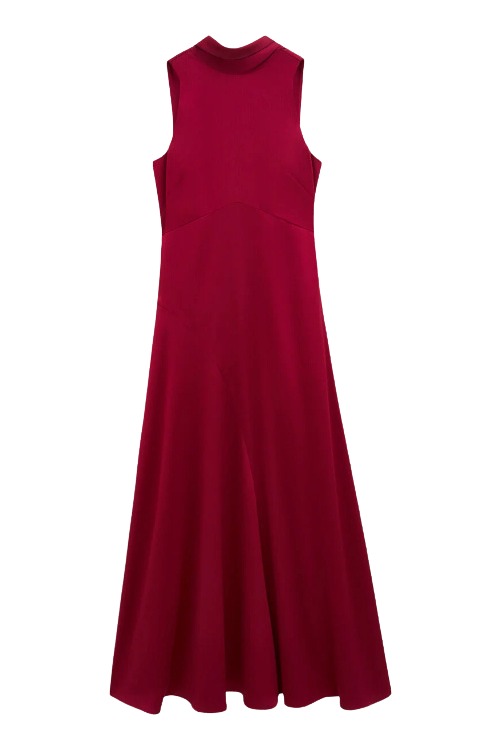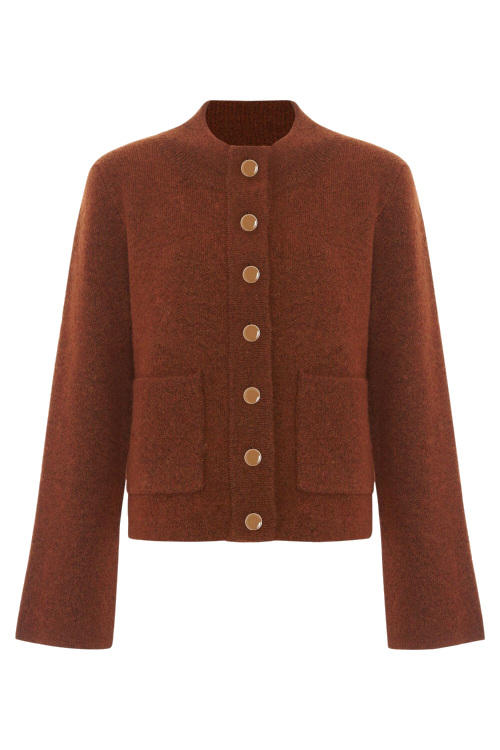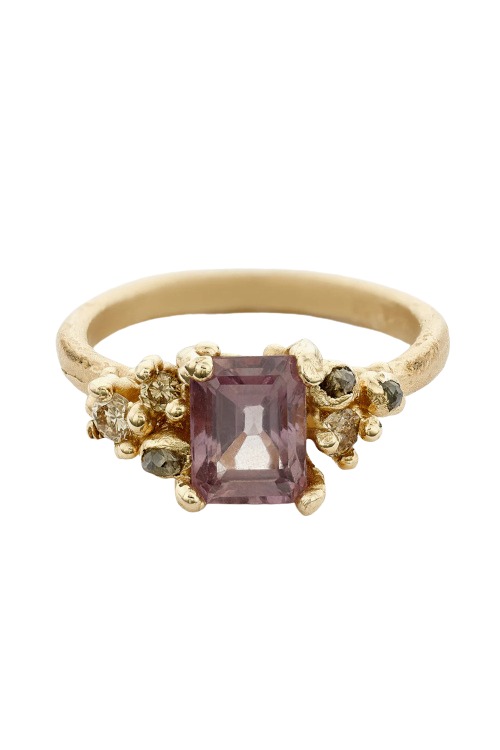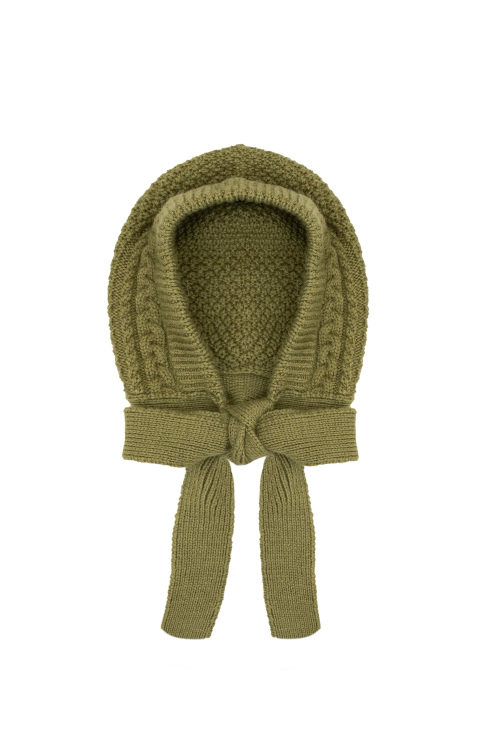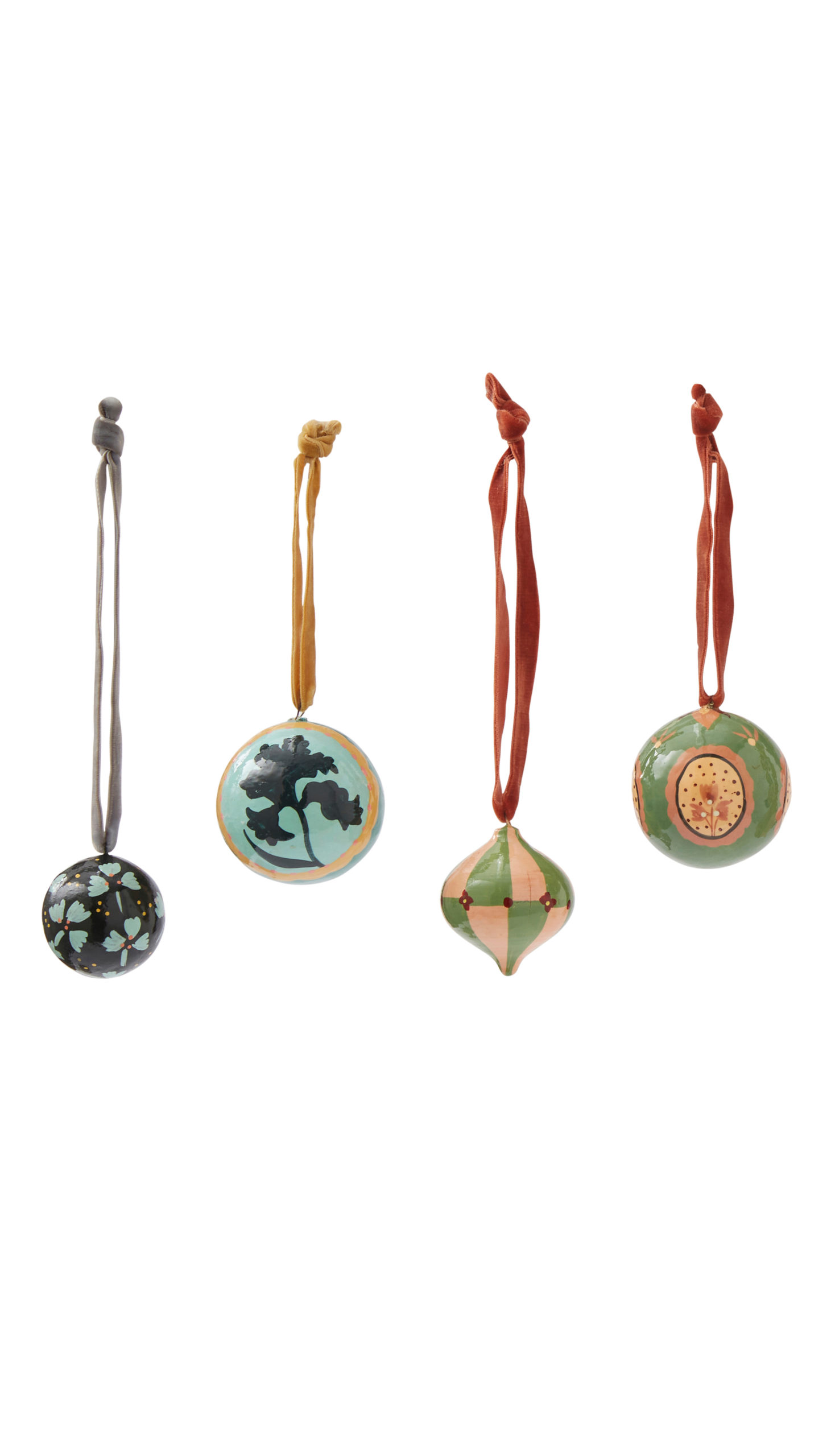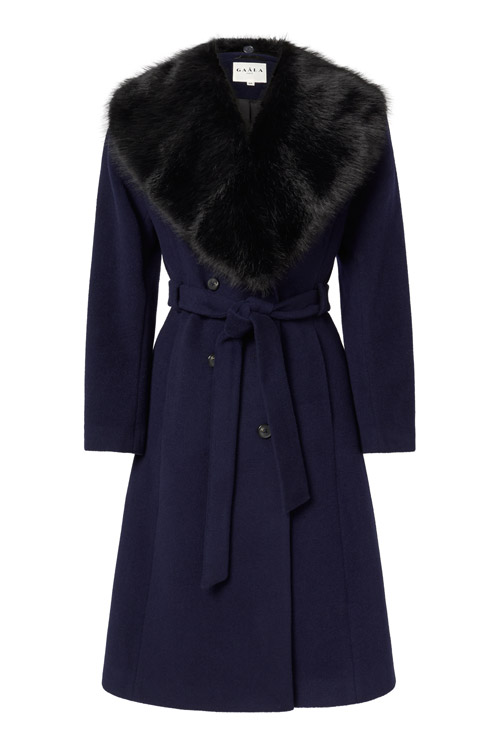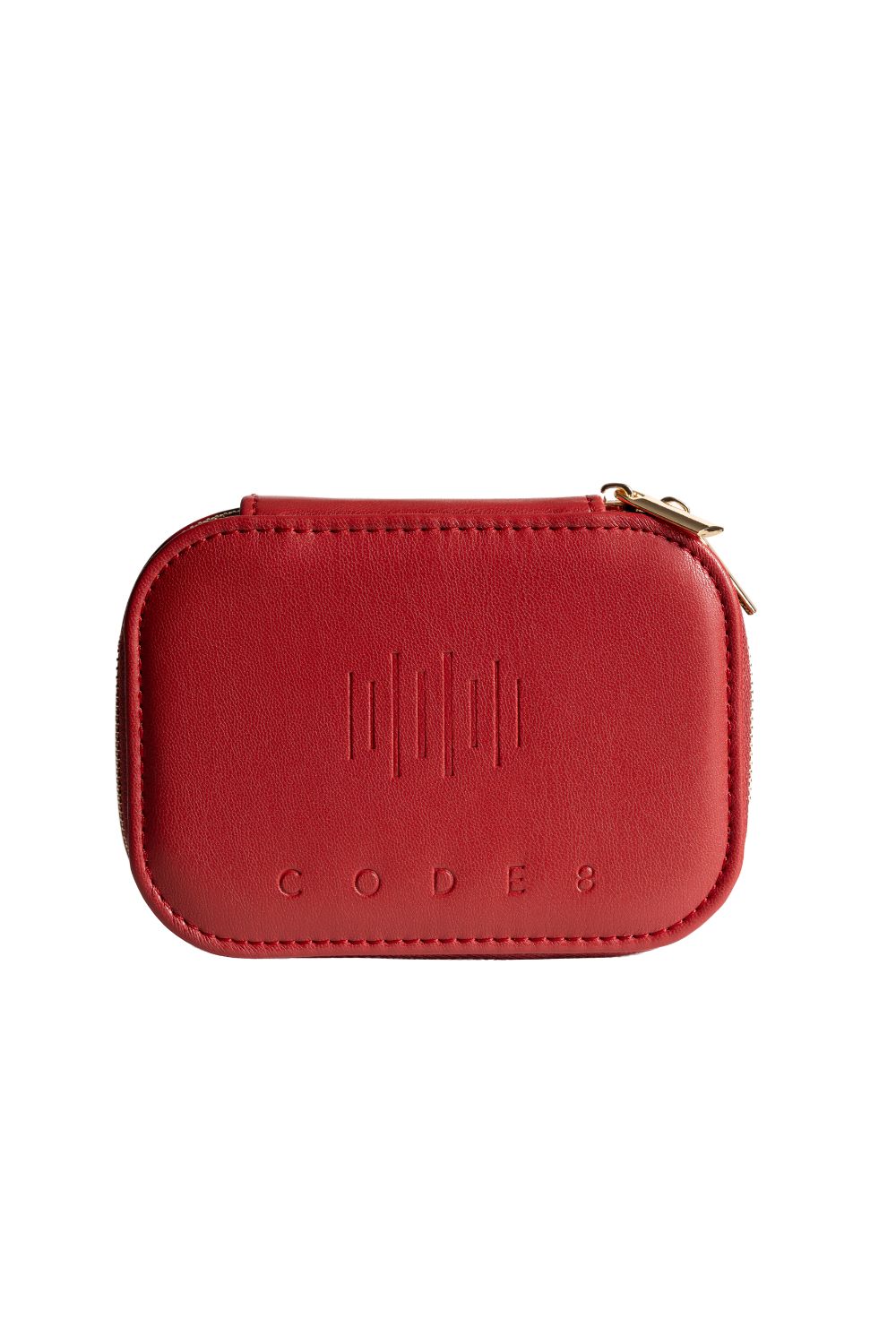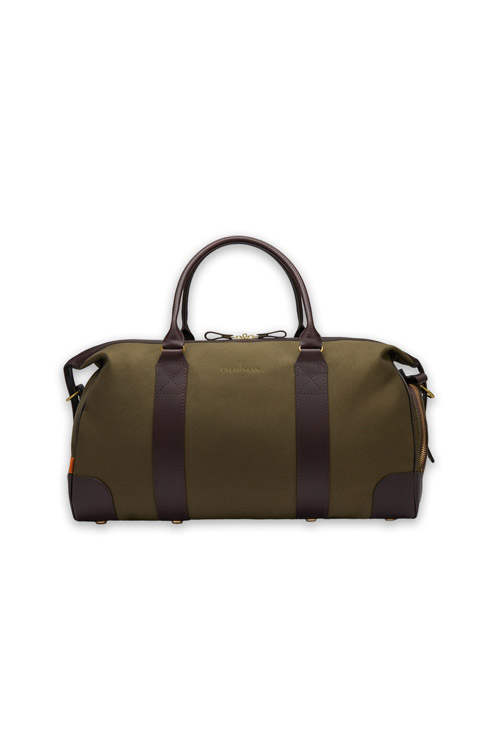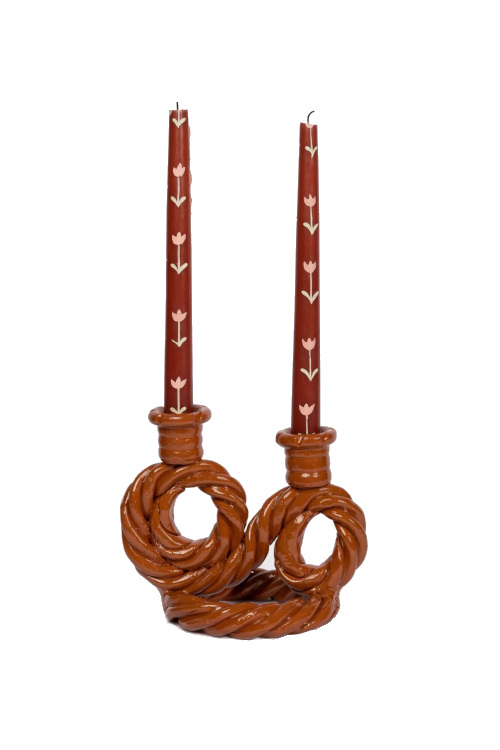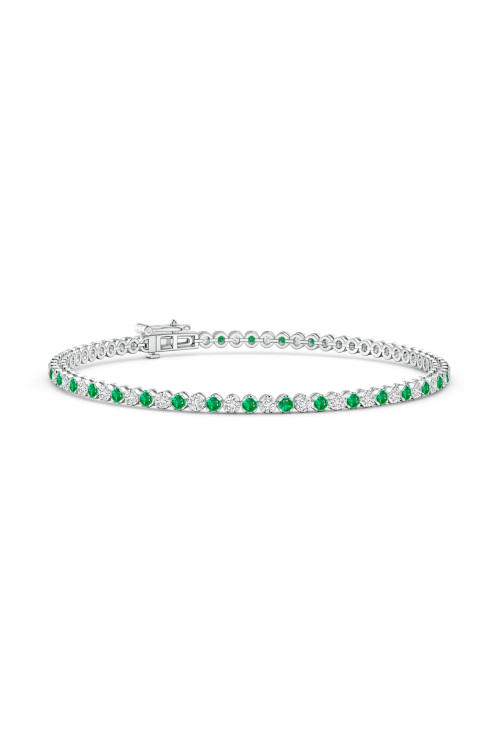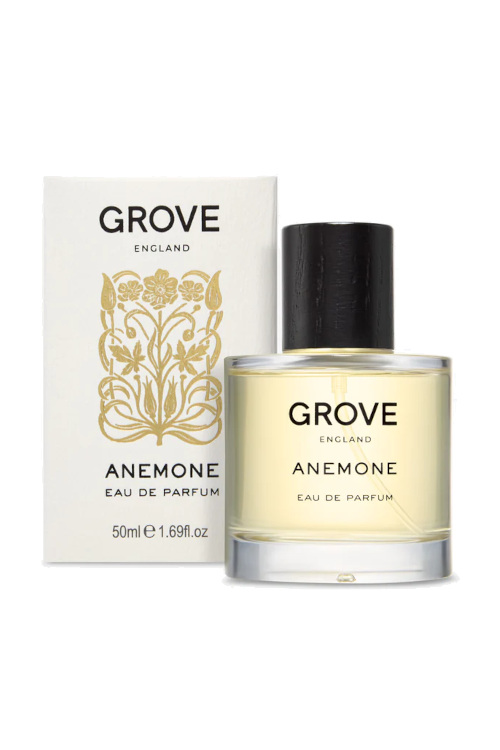The C&TH Guide To Hamburg
By
3 months ago
Anwer Bati explores Germany’s second largest city
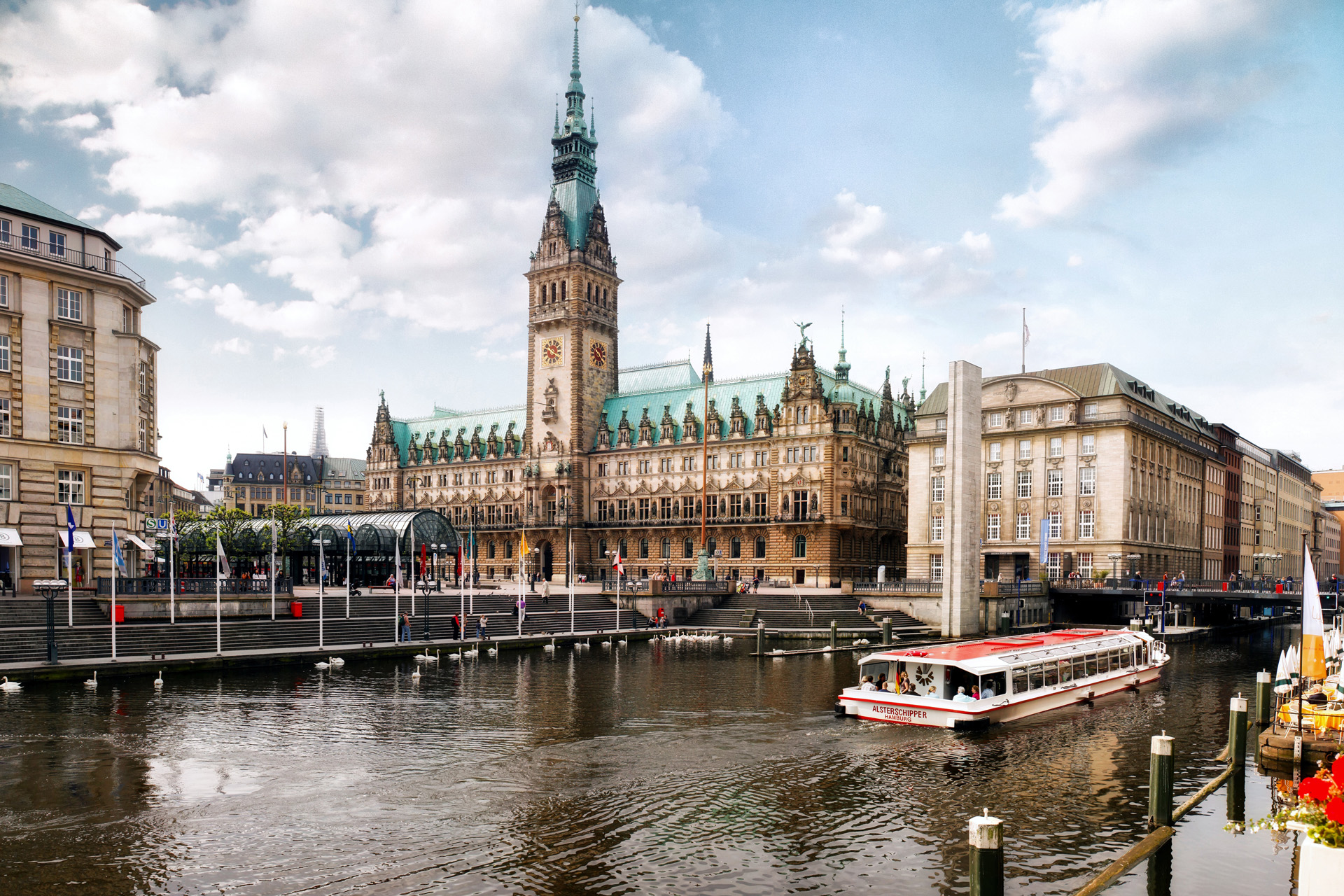
Cosmopolitan Hamburg, Germany’s second biggest city – and a state in its own right – is one of the most important ports in Europe, straddling the river Elbe on its way to the North Sea. It’s also home to some of the wealthiest people in the country, and of much of the German media. And thanks to longstanding trade (and the fact that it was in the British zone after World War II), it is probably the most Anglophile place in Germany.
But, despite offering everything you could want in a weekend destination – good hotels, history, culture, a lively food scene and plenty to see and do – Hamburg is not high on the bucketlist of British travellers. We’re here to change that: here’s the C&TH guide to Hamburg, including the most stylish places to stay and eat and the very best things to do, sure to bump Hamburg to the top of your weekend break wishlist.
How To Spend A Weekend In Hamburg: The C&TH Guide

Designed by architect Jan Störmer, The Fontenay is one of Hamburg’s most striking buildings.
Stay: The Fontenay
Owned by a German shipping magnate and opened in 2018 in a quiet neighbourhood near the centre of Hamburg, The Fontenay has rapidly established itself as one of the city’s two top luxury hotels. Designed by architect Jan Störmer, it’s also one of Hamburg’s most notable and striking buildings – white and circular with a nautical feel. And its position by the banks of the Alster lake means there are lovely views from many of its rooms; the best are to be had on the fourth floor and above (though lower floors come into their own in winter, when the trees in the surrounding gardens shed their leaves).
A member of Leading Hotels of the World, The Fontenay’s 130 elegant, curved rooms and suites were designed by Christian Meinert and are filled with light thanks to floor to ceiling windows (many also have balconies), and the airy feeling is enhanced by the muted, pale tones of the décor, the wooden floors, the comfortable contemporary furniture (beds and mattresses are custom made) and decorative objects by Georg Jensen. TVs are on poles so you can watch from any angle. And you can control lights and curtains from unusually simple panels by both the entrance and the bed. Even entry level rooms are spacious: as big as many a junior suite elsewhere. Bathrooms, in sandstone, are large and snazzy, with dressing tables, push-button bath tubs and automatic loos.

The Fontenay’s curvaceous rooms and suites are filled with light.
The vibrantly designed, characteristically curvaceous public areas are just as welcoming as the rooms, and all have the same sense of space. The spa on the sixth floor, covering almost 11,000 sqft, is one of the best in Hamburg, with five treatment rooms, a sun terrace and a heated 65 ft indoor-outdoor infinity pool with views of the Alster. Next door is the state-of-the-art Technogym fitness room.
For such a modern, design-led place, the friendly service from no fewer than 180 staff is reassuringly classic and fitting a top hotel. That includes the impeccable concierge team who, for instance, will offer you a water bottle if you mention you are going for a walk. Overall, the Fontenay is a hotel which manages to be supremely stylish and luxurious without seeming to try too hard. Double rooms with breakfast from £390 per night.
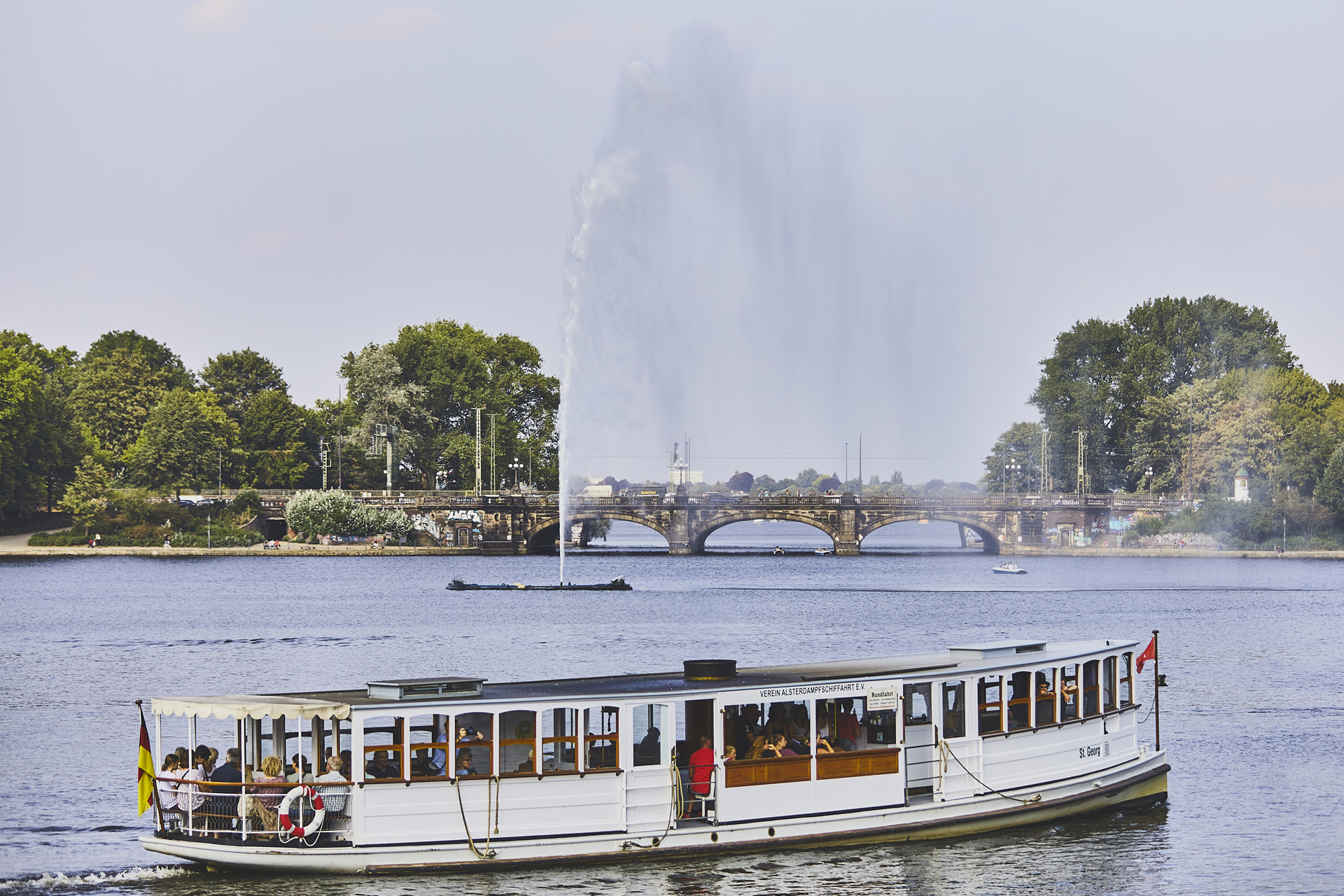
Alster Lake
Where To Eat In Hamburg
The Fontenay has two restaurants: Parkview on the ground floor which serves German and international cuisine (with a good value business lunch) in a lively atmosphere; and the superb two Michelin star gastronomic Lakeside on the seventh floor, helmed by celebrated chef Julian Stowasser. Both have outdoor tables and attract many diners from the city. And make sure you have a drink at the rooftop bar with its panoramic view of the Alster. The hotel also owns the nearby Osteria Due, serving high quality Italian cuisine to both hotel guests and locals.
Hamburg has all the culinary choice you would expect of a major city with extensive international connections going back centuries. But the city’s own cuisine is particularly shaped by its location: not only featuring fish (eel is popular) and seafood from the North Sea, and local meat and dairy produce, but also strongly influenced by nearby Scandinavia. And, of course, hearty German dishes, including sausages, are everywhere. Hamburg’s own comfort food is labskaus, a hash made of salted beef, potatoes, beetroot, gherkins and usually topped with fried egg. Not pretty, but very tasty.
Fish sandwiches (fischbröten) are a staple, and Brücke 10 on one of the docks on the Elbe facing the massive Blohm+Voss shipyard, is a local favourite with a splendid view of life in the harbour from inside or outside tables. It’s a simple place with a white painted wood interior, low prices and delicious fish fresh from the market – best enjoyed with a glass of local beer.
Very much at the other end of the spectrum is Fischereihafen a little further along the harbour. Run by the Kowalke family since 1981, Hamburg’s smartest fish restaurant has welcomed any number of celebrities, including King Charles when he visited with Diana. They come not only for the finest fish, but also for the magnificent views from the coveted window tables, along with impeccable service and a traditional ambience.
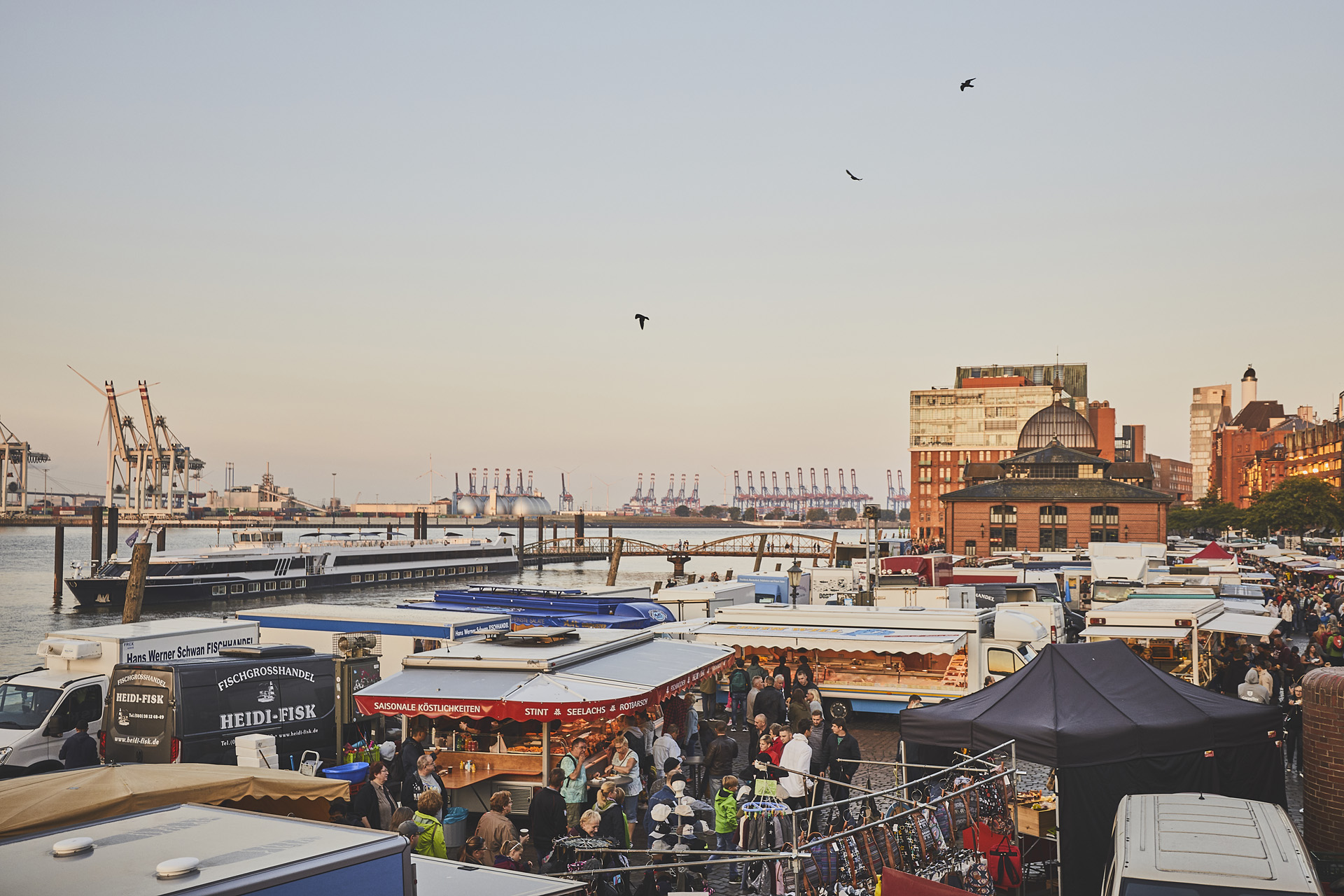
Fish market and harbour
Freshness is something of an obsession at Hobenköök, where top chef Thomas Sampl runs an enticing food market and a packed restaurant featuring regional and seasonal produce from 200 suppliers in the Hamburg area. And at Heimatjuwel – where chef Marcel Görke’s motto is ‘why go far, because the good things grow so close’ – expect seasonal, locally sourced, painstakingly prepared dishes with a strong emphasis on vegetables in simple, rustic surroundings.
It’s a very different atmosphere at 100/200 in a cavernous loft-style space in a former factory by the Elbe, though the dedication to seasonal local produce (the menu changes four times a year) is the same. Chef Thomas Imbusch and partner Sophie Lehmann named their two Michelin-star restaurant after their Molteni stove, set to cook a gastronomic ‘nose to tail’ four course set menu between 100 or 200 degrees and visible in the open kitchen with raw materials on display.
It’s a contrast again at cheap and cheerful food mall Le Big Tam Tam by the HanseViertel shopping centre, where you’ll find offshoots of several local bars and street food restaurants, with fish sandwiches, pizza, ramen and other quick dishes on offer. And if you decide to explore the Reeperbahn, try Reep (the name means ‘rope’), housed in a theatre, to find a North German and local menu including labskaus, and a friendly, casual atmosphere. It has a balcony with tables outside to take in the area’s atmosphere.
Autumn is a great time to enjoy Hamburg’s food scene: every September restaurants, markets and producers take part in the very popular citywide Open Mouth food festival – including several lively special events.
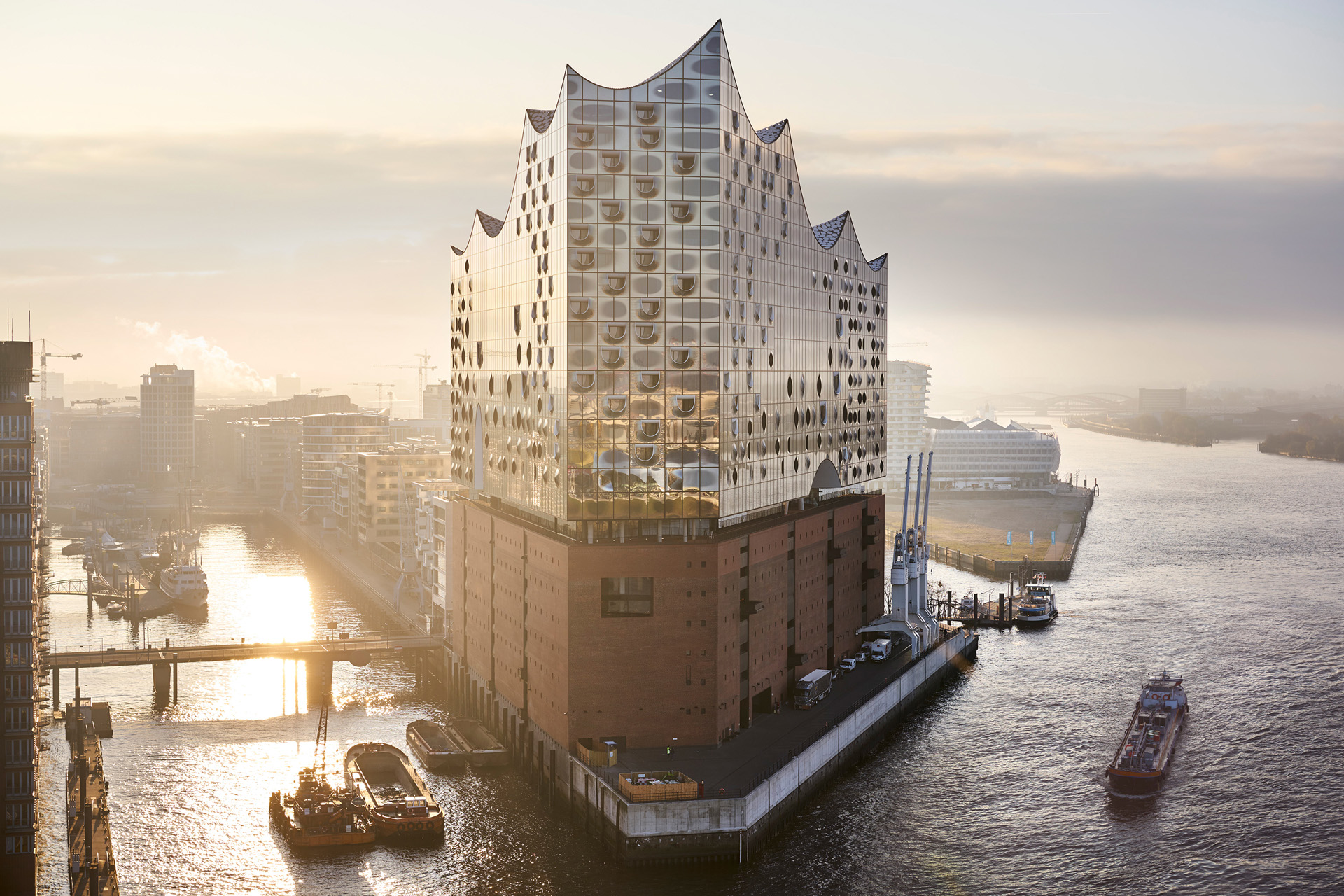
Elbphilharmonie
Best Things To Do
Sightseeing: Boats & Buses
Hamburg is dominated by water: not only the Elbe, but its tributary, the Alster which forms a lake in the centre of the city. They are attractions in their own right. A harbour boat trip is well worth it: taking in some of the city’s most important areas, including the shipping docks and the newly developed Hafencity district with its gleaming landmark the Elbphilharmonie concert hall (designed by starchitects Herzog & De Meuron) at one end, and the affluent Ovelgönne and Blankenese neighbourhoods with their small beaches at the other.
You can also take a variety of boat trips on the Alster, passing by a pretty park, yacht clubs, some of Hamburg’s best hotels, and the opulent houses of some of Germany’s most prosperous residents. Hop-on-hop-off tour buses are another good way of getting a feel for the city, passing the magnificent ornate Rathaus (the town hall), the Speicherstadt area, the world’s largest warehouse district, and the notorious Reeperbahn red light area, now being gentrified.
Otherwise, the city’s public transport system is excellent (there is a clean, efficient metro) and it’s well worth getting a Hamburg Card as well as accessing many discounts on entry to attractions. You can also book regular city taxis on the Uber app.
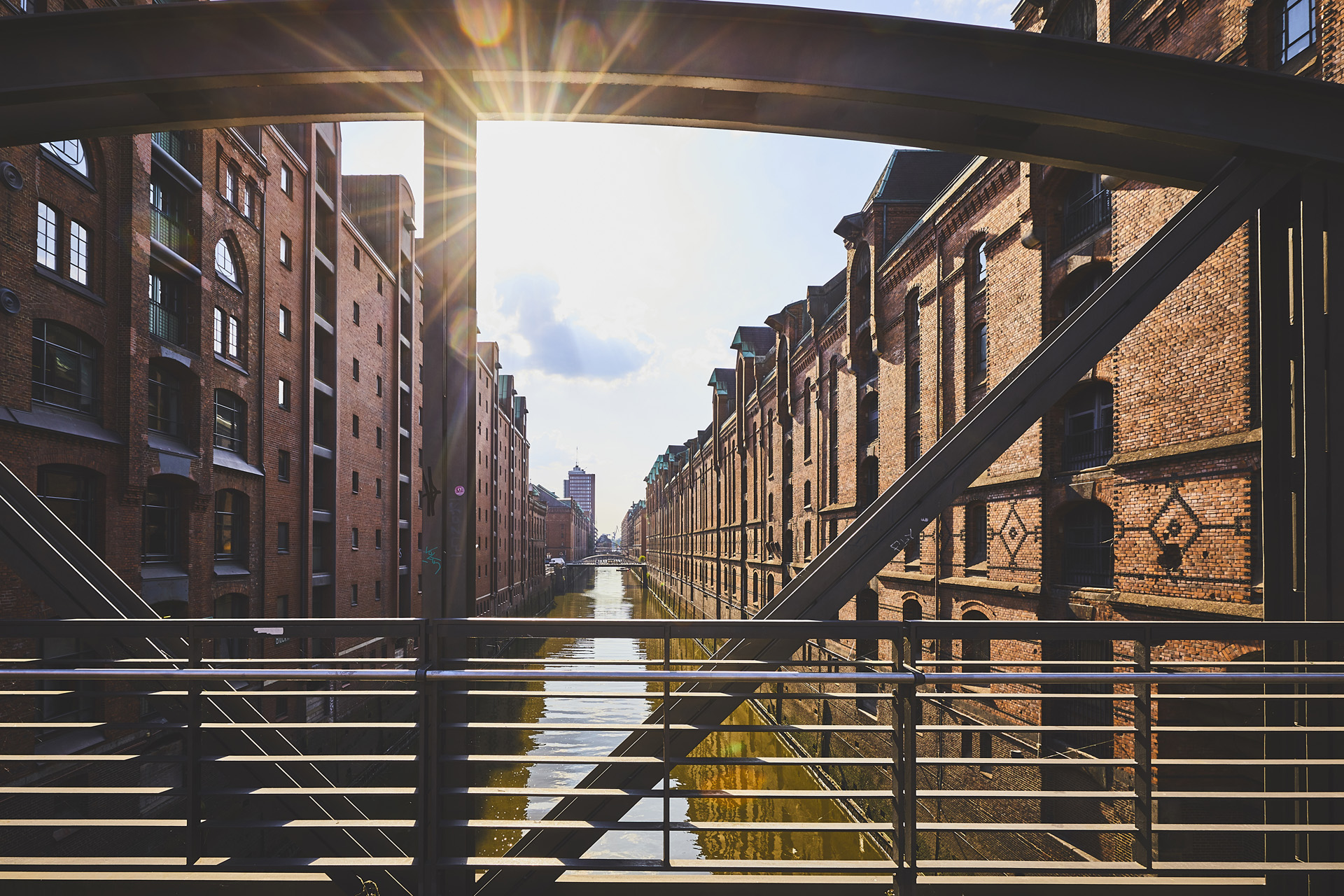
Speicherstadt warehouses
Museums & Attractions
The UNESCO listed red brick Speicherstadt warehouses, dating from the late 19th Century and surrounded by canals, were bombed during the war, like much of the dock area, but were later restored. Some of them now house Hamburg’s most popular museums, including the Coffee Museum celebrating one of the many commodities imported by the city, and Hamburg’s top attraction Miniatur Wunderland where your inner child (or indeed actual children) can marvel at the six miles of model railway, roads, landscapes and even an airport.
Nearby is Chocoversum, where you can learn all about chocolate and make your own bar. If you’re interested in ships and naval history, you’ll love the fascinating International Maritime Museum, spread over nine floors of a warehouse, and covering both merchant and military shipping – with exhibits including detailed models, reconstructions, and a huge collection of naval uniforms from around the world.
There’s also plenty to see for art lovers, including the impressive Kunsthalle gallery, one of the best in Germany, with eight centuries of art from Old Masters to Impressionist and contemporary works.
Hamburg’s latest major attraction is a massive, towering former World War II anti-aircraft bunker in the St Pauli area – aptly known as The St Pauli Bunker – which has shed it’s grim past to become a creative entertainment hub, featuring a concert hall, exhibitions, restaurants, bars, and more. It was extended upwards by five stories to add a Hard Rock hotel and roof garden with a snack bar and great views over the city.
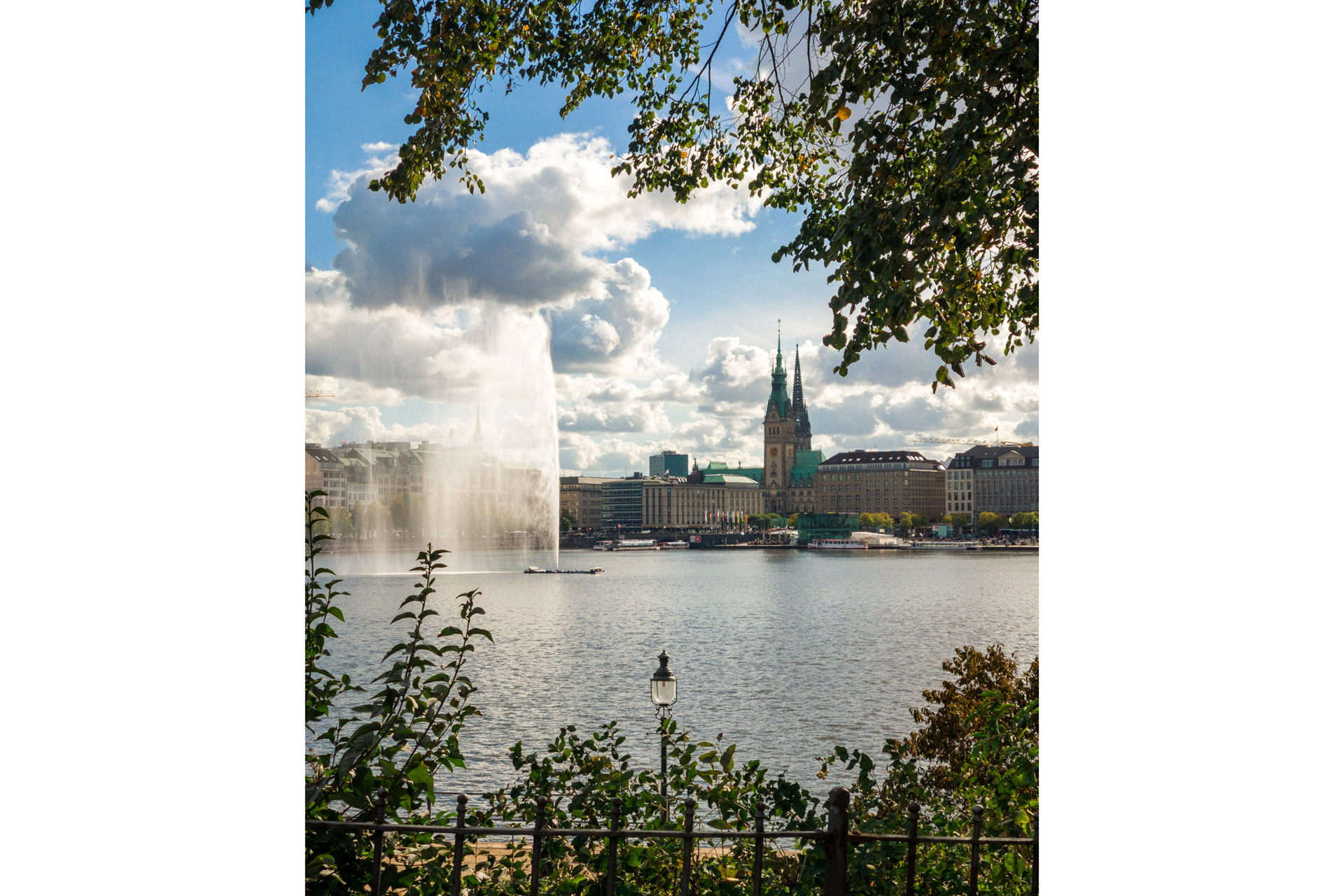
Photo by Moritz Lüdtke on Unsplash
Where To Shop
Hamburg’s prime shopping area, with department and high street shops is roughly between the main station (Hauptbahnhof) and the Rathaus, with more traditional and characterful shops clustered near the latter, and some of the smartest as you walk towards the lake, especially along the street Neuer Wall which is home to the likes of Tiffany, Prada, Gucci and Dior.
Other parts of Hamburg, such as Markstrasse in the Karolinen district and Susannenstrasse in the Schanzen area are the places to find small boutiques and specialist shops. Grosse Elbstrasse in the fish market area (and the place for fish restaurants) features interiors shops such as Stilwerk. Across the street from the St Pauli bunker, you’ll find Marktstrasse, recently refreshed and now home to clothing boutiques, vintage stores and several quirky shops – as well as bars and cafes.
There are also several food markets such as the covered Rindermarkthalle in the St Pauli area, and Isemarkt, Germany’s longest, sheltered under an elevated train line.
How To Get To Hamburg
Several airlines, including British Airways, EasyJet, Ryanair and Lufthansa fly direct from to Hamburg from London and Manchester, normally taking only around 90 minutes.
Return flights to Hamburg from London Heathrow emit 225.2kg CO2e. ecollectivecarbon.com

